
It is really unfortunate that an everyday task such as shaving has to come with so many potential complications. Of course, not everyone needs to shave on a daily basis, but those who do know very well that acne, zits and various sports easily appear on freshly shaved skin, disturbing its neat appearance. Fortunately, there are ways to deal with this.
Shaving and acne
Acne that appears due to shaving are not the same type as those characteristic for adolescent years, which mainly occurs due to hormones and oily skin. This type of acne, known as Pseudofolliculitis barbae or shaving bumps, result from the inflammation of the hair follicles or roots due to irritation caused by shaving. When the follicles become inflamed, they not only become red, swollen and possibly filled with pus, but they also trap the hair inside them, which causes further complications.
On the other hand, there is a problem with regular acne on the skin that needs to be shaved. Everyone knows that acne should not be tampered with, pierced or let alone scratched with a razor. Acne-prone skin is very sensitive and shaving only inflicts further irritation. Shaving gels, foams and aftershave products do not help either.
This eventually causes a lot of trouble for men who need to shave frequently and do not have time to let the acne or shave bumps heal on their own before the next shaving.
What to do?
The skin needs to be well moisturized. It is best to use mild moisturizing lotions on a daily basis, so the skin can be more subtle and thus easier to shave.
Before shaving, it helps to splash the face with warm water or to wrap it in a not towel. The heat opens the pores so the hair can be shaved more thoroughly and with less complications. In addition, heat promotes blood flow to the skin, pores and follicles.
The shaving cream, gel or foam should be applied generously on the skin. It is best to use products that provide a thin protective layer and that are firmer, so the razor can move freely.
The choice of razor is also very important. Electric razors cause less irritation, although they do not provide a very close shave. If using blade razors, it is better to go for single-use, disposable razors with a single blade. Double-bladed razors damage the dermis and increase the chance of the hair growing back in the follicle, which promotes acne.
Shaving must be done with the grain, not against it, which means going in the direction of the hair growth.
After shaving, it is recommended to avoid alcohol-based aftershave products and to use those with salicylic acid or benzoyl peroxide, which are agents known for their effectiveness against various types of acne.



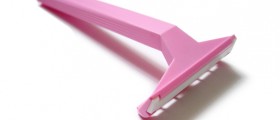
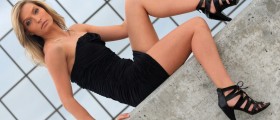

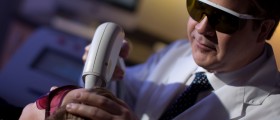




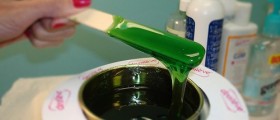
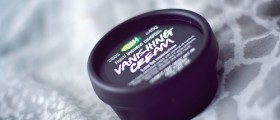
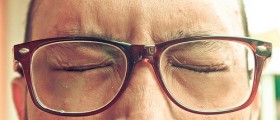


Your thoughts on this
Loading...